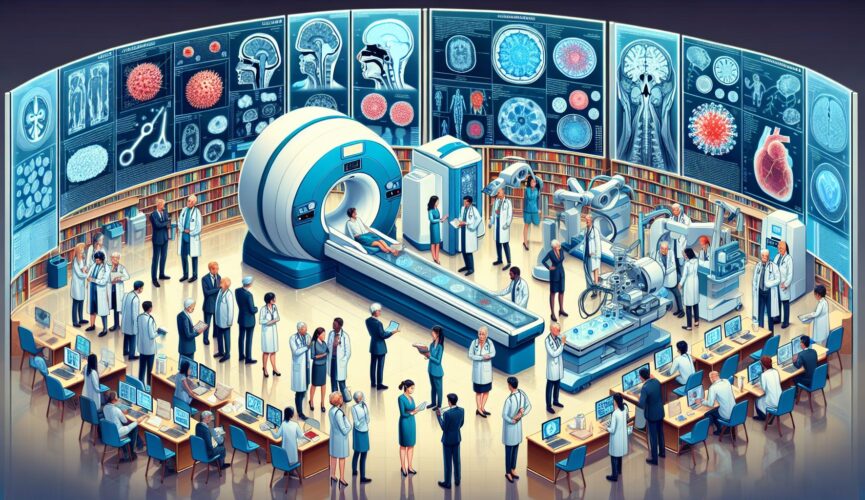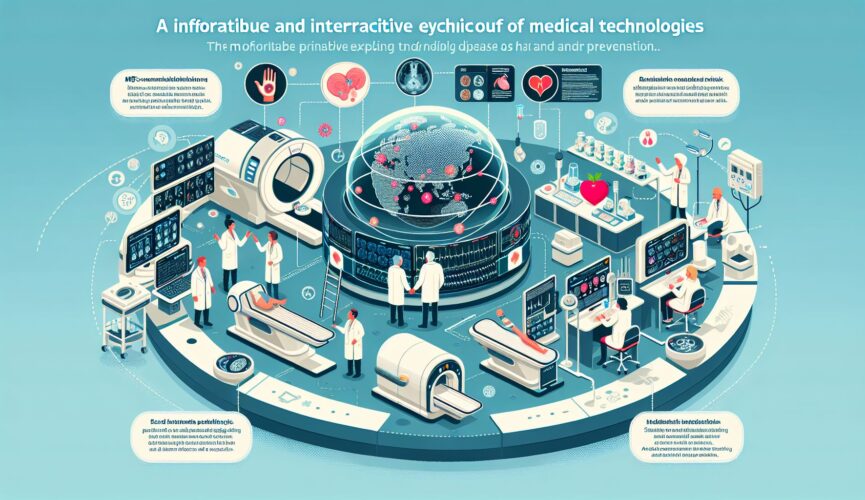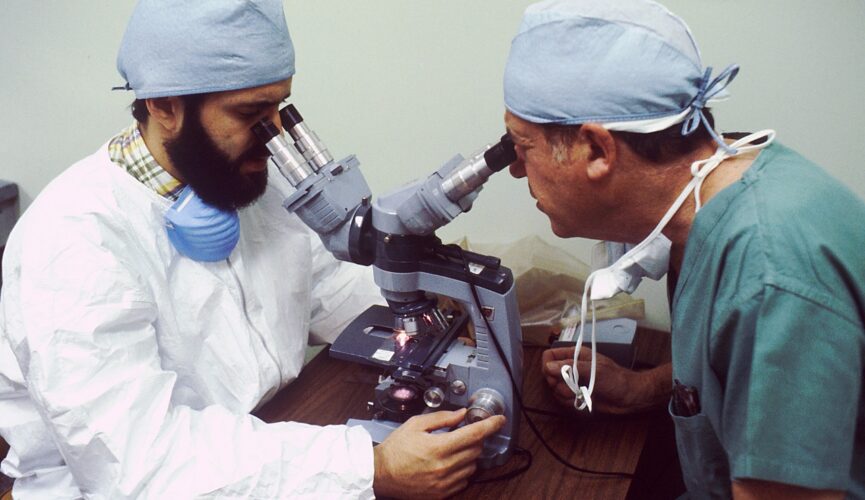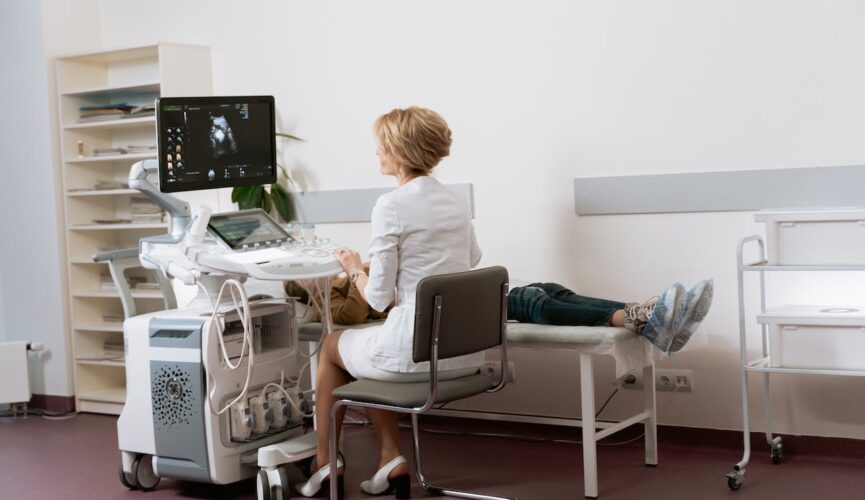In today’s rapidly advancing world, medical technologies have transformed the way we understand diseases and work towards disease prevention. These innovative tools and techniques have not only revolutionized healthcare practices but also saved countless lives. From early detection to accurate diagnosis, medical technologies play a pivotal role in improving patient outcomes and ensuring a healthy future for all. In this article, we will explore some of the remarkable medical technologies that have made a significant impact on disease prevention and understanding.
Early Detection: A Game-Changer
Early detection of diseases can be a game-changer, enabling healthcare professionals to intervene at the earliest stages when treatment is most effective. Medical technologies have empowered us to detect diseases sooner, often before any noticeable symptoms appear. Among the most notable advancements in this area is the development of genomic sequencing.
Genomic sequencing allows scientists to examine an individual’s genetic information in its entirety, providing unprecedented insights into the genetic factors that contribute to various diseases. By identifying specific genetic markers associated with diseases, healthcare professionals can detect potential risks early on. This knowledge not only facilitates preventive measures but also enables personalized treatment plans tailored to an individual’s genetic makeup, significantly improving patient outcomes.
Diagnostic Advancements: Precision and Accuracy
Accurate diagnosis is crucial for effective disease management. Medical technologies have greatly enhanced diagnostic capabilities, enabling healthcare professionals to make precise and timely diagnoses. One such innovation that has transformed the field is medical imaging.
Medical imaging techniques, such as Magnetic Resonance Imaging (MRI), Computed Tomography (CT), and Positron Emission Tomography (PET), provide detailed visualizations of the internal structures and functioning of the human body. These non-invasive, painless procedures help identify abnormalities, tumors, and other conditions that might otherwise go undetected. By allowing doctors to visualize the affected areas with great precision, medical imaging technologies aid in accurate diagnosis, enabling prompt initiation of appropriate treatment plans.
Remote Patient Monitoring: Empowering Self-Care
Traditionally, patients had limited access to healthcare professionals outside of clinical settings. However, with the advent of remote patient monitoring technologies, individuals now have the power to take control of their health. These technologies enable patients to track vital signs, monitor symptoms, and share real-time data with their healthcare providers, regardless of geographical barriers.
Devices like wearable fitness trackers and smartwatches can monitor heart rate, blood pressure, sleep patterns, and even detect irregularities. Such data, when shared with healthcare professionals, allows for closer monitoring and prompt intervention in case of any concerning changes. Remote patient monitoring not only empowers individuals to actively participate in their healthcare journey but also offers healthcare providers valuable insights, leading to more informed decision-making and better disease prevention strategies.
Precision Medicine: Targeted Therapies
Thanks to medical technologies, we have moved towards an era of precision medicine – an approach that tailors treatment plans to individual patients based on their unique characteristics. With a deeper understanding of diseases at the molecular level, healthcare professionals can target specific genes, proteins, or cellular pathways responsible for the development and progression of various illnesses.
Advancements in molecular diagnostics have enabled the identification of biomarkers that play a crucial role in disease diagnosis, prognosis, and treatment response. For instance, the development of targeted therapies for cancer, such as immunotherapies and gene therapies, has shown promising results in improving patient outcomes. By precisely targeting the underlying causes of diseases, medical technologies are paving the way for more effective treatments while minimizing side effects.
Conclusion: A Promising Future
As medical technologies continue to evolve, our understanding of diseases and disease prevention has reached new heights. Early detection, accurate diagnosis, remote patient monitoring, and precision medicine have all contributed to saving countless lives and improving patient outcomes. In the years to come, we can expect further advancements in medical technologies to drive major breakthroughs in disease prevention and treatment.
Nevertheless, it is essential to ensure equitable access to these technologies, especially in underserved communities, to eliminate healthcare disparities. By harnessing the power of medical technologies, we can strive towards a future where diseases are detected and prevented at their earliest stages, enabling everyone to live healthier, happier lives.
So let us remain committed to supporting research and development efforts in the field of medical technologies, as together, we can continue to push the boundaries of healthcare and safeguard the wellbeing of generations to come.









